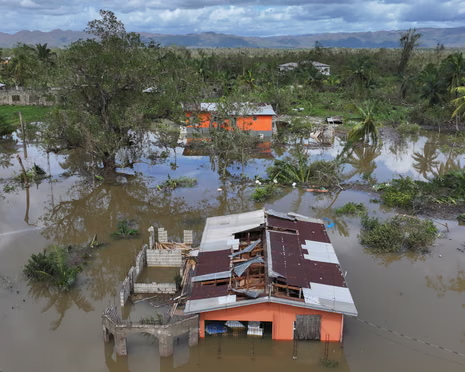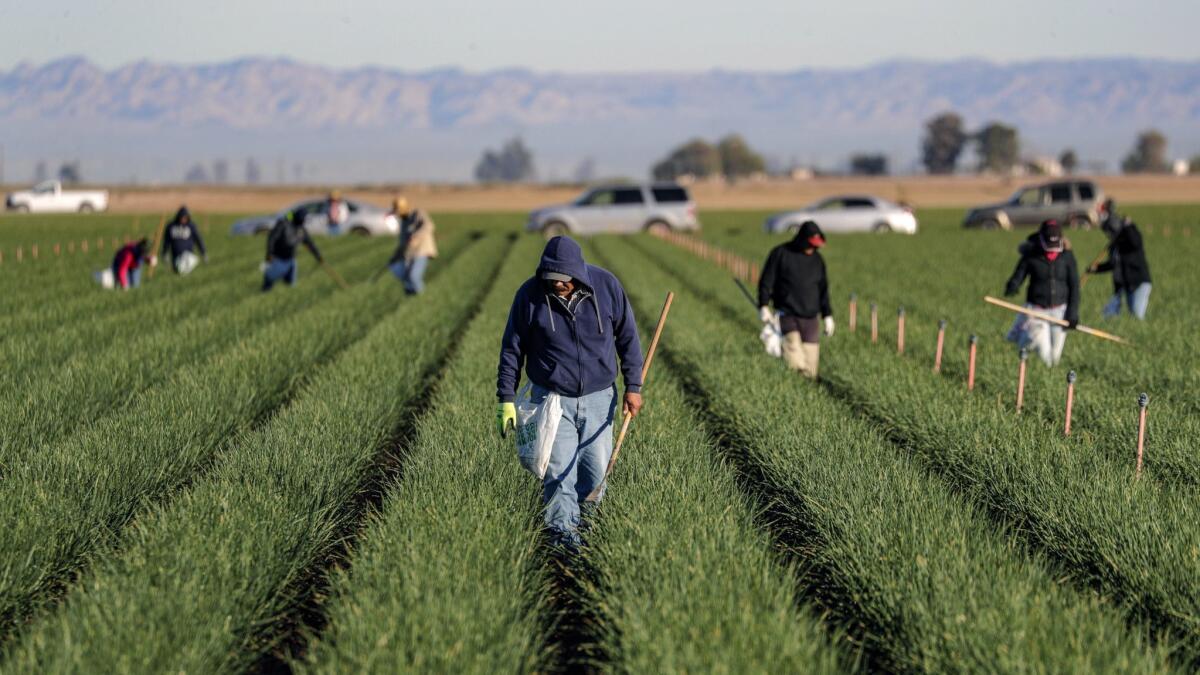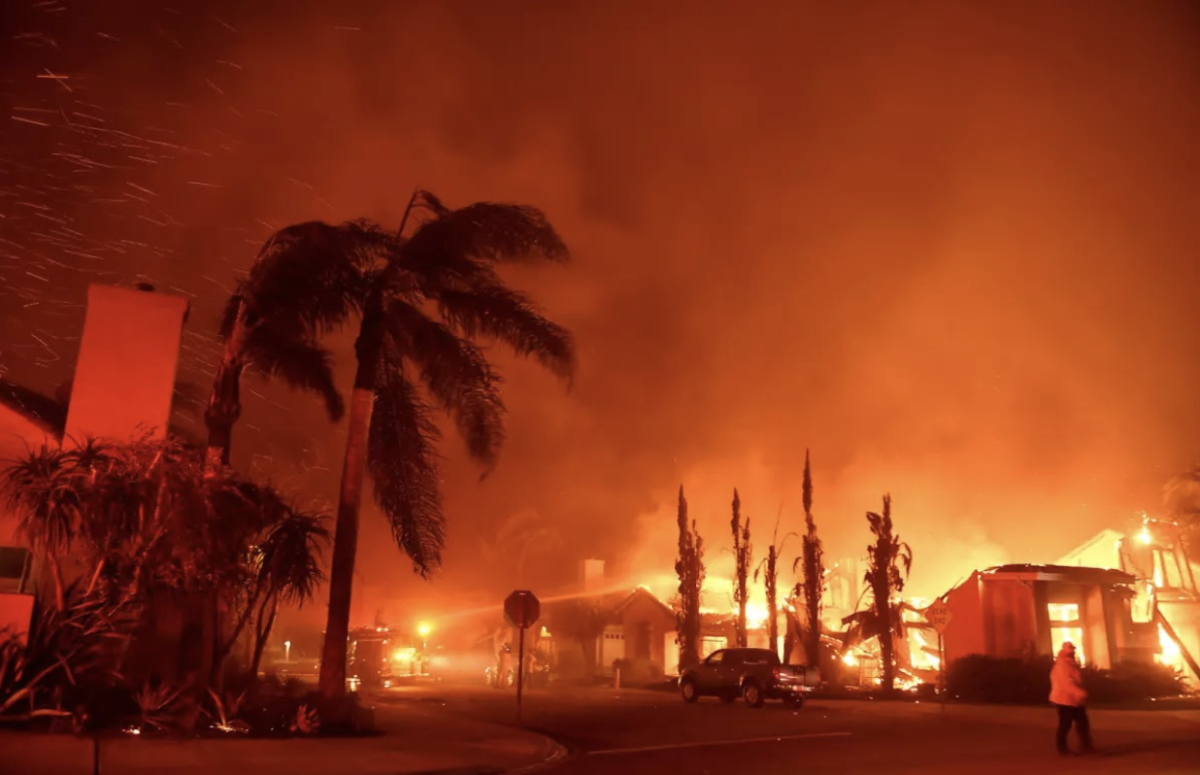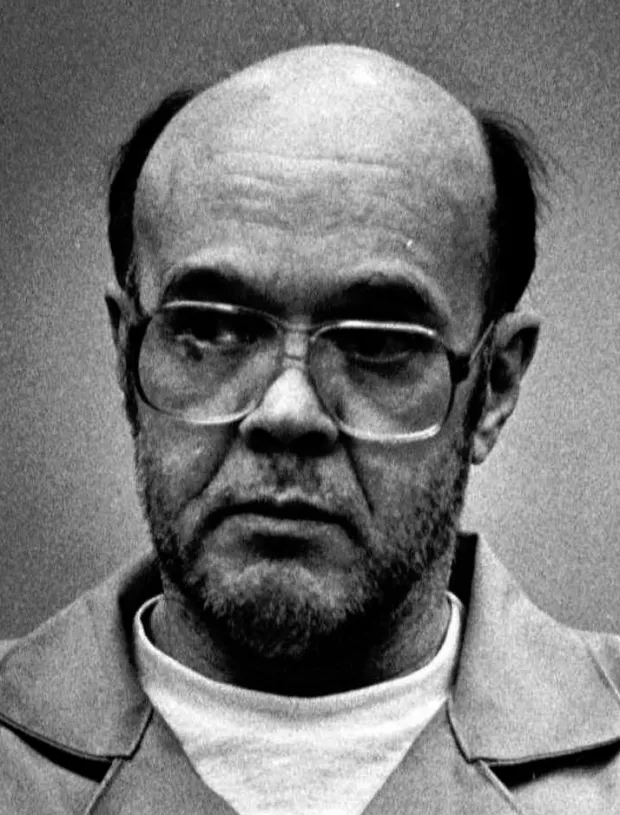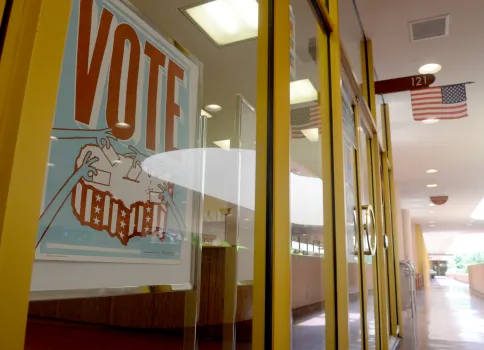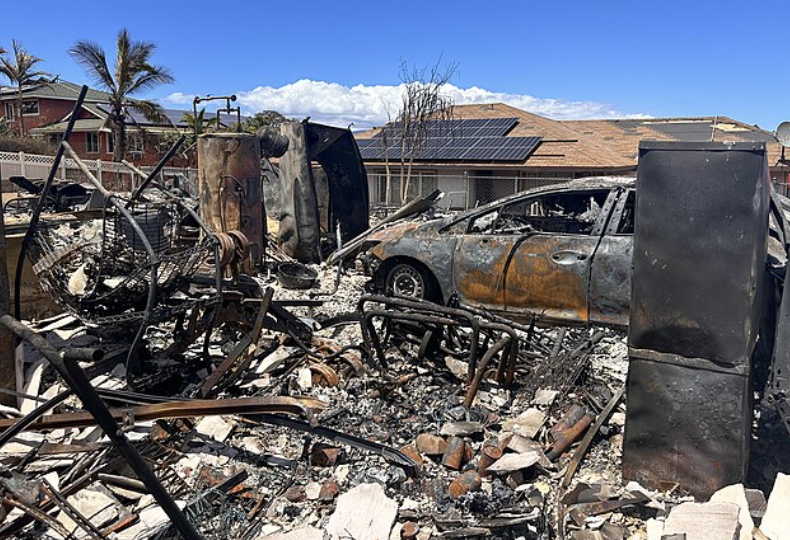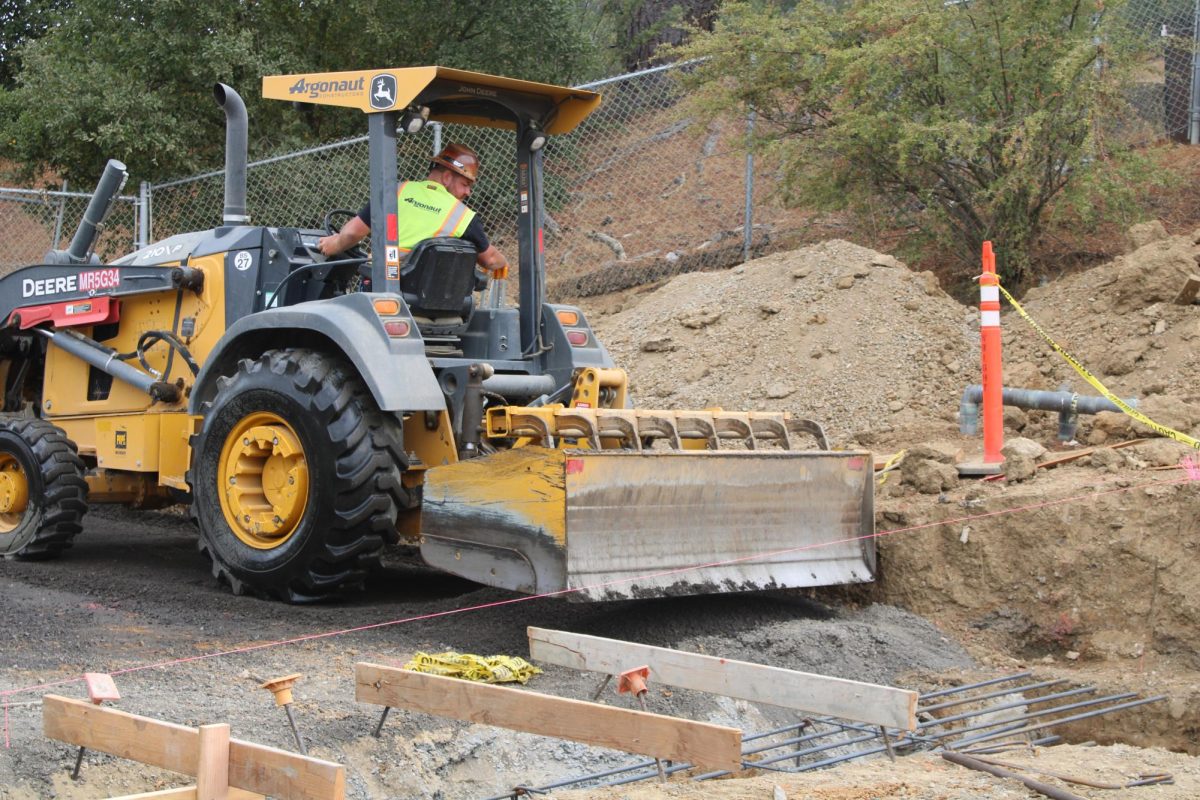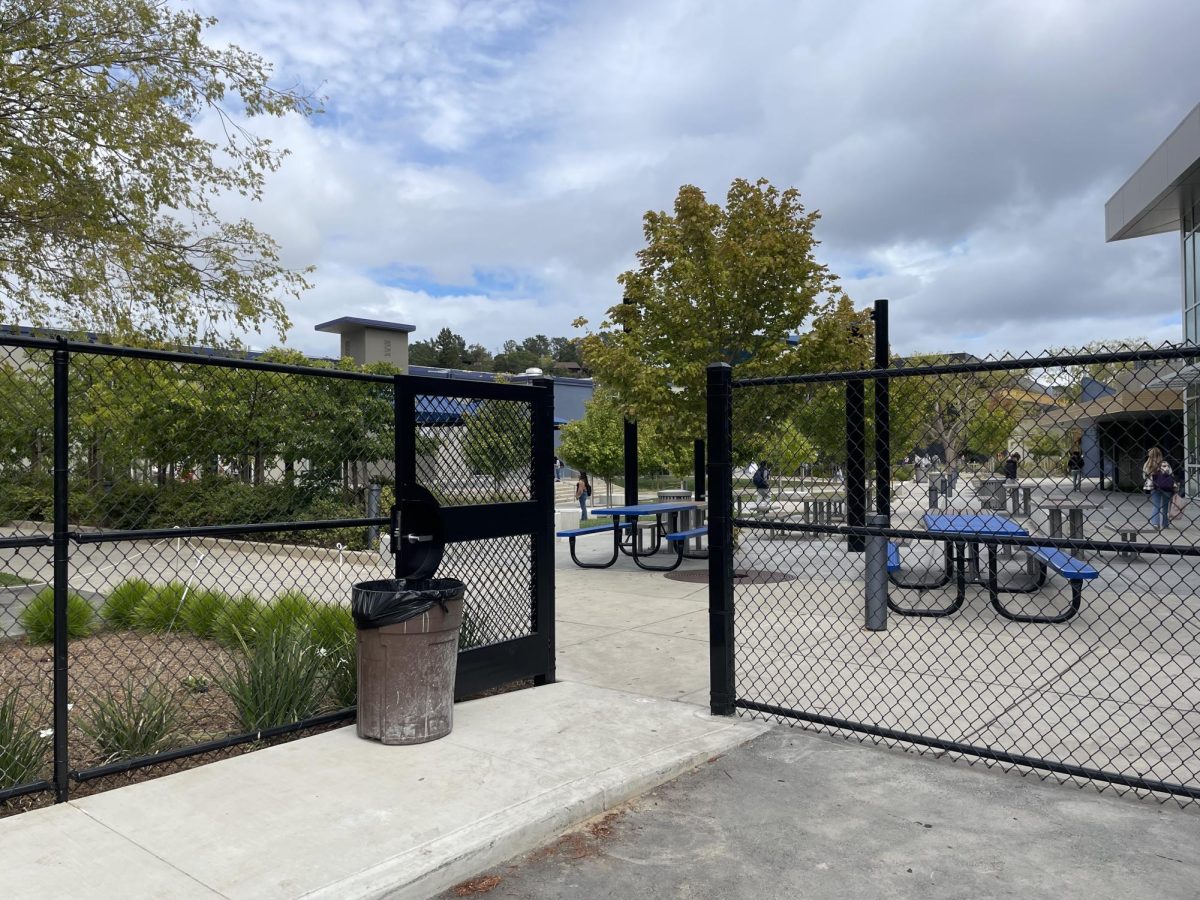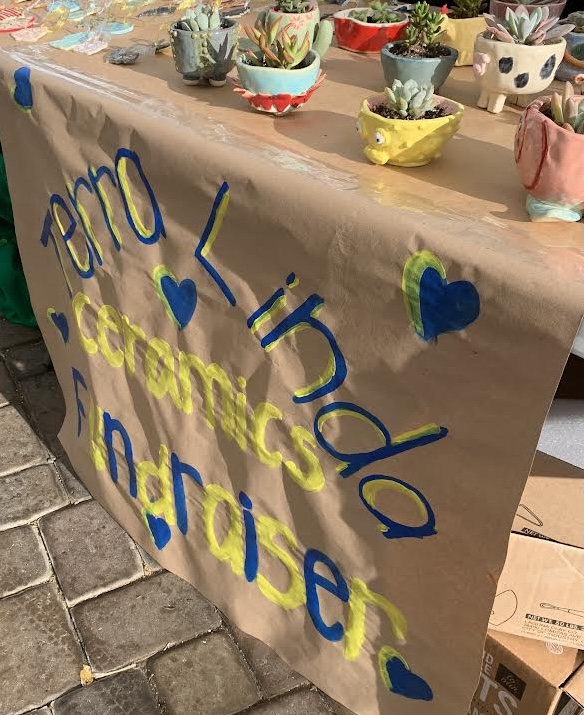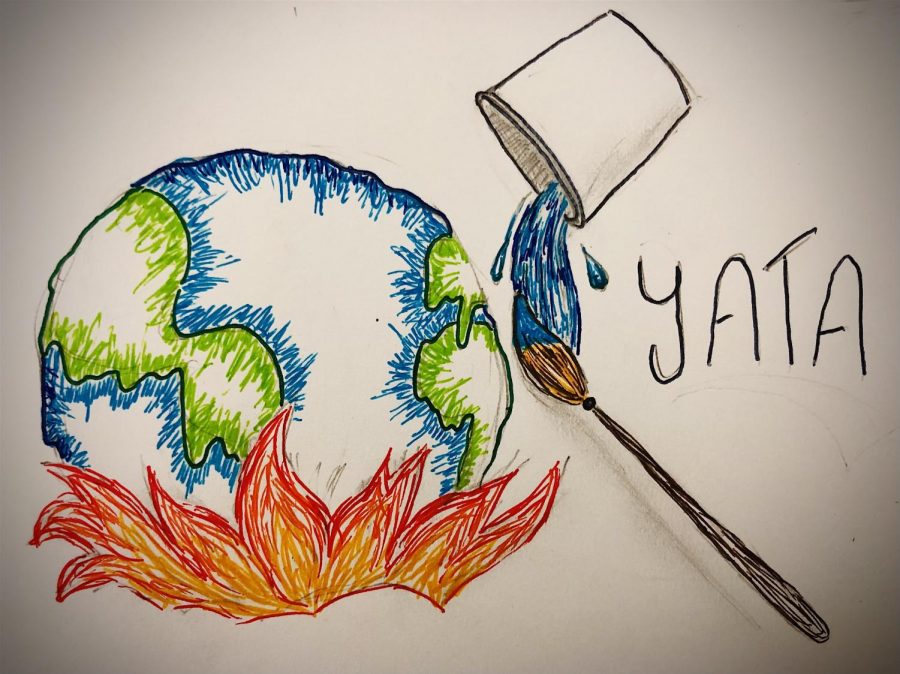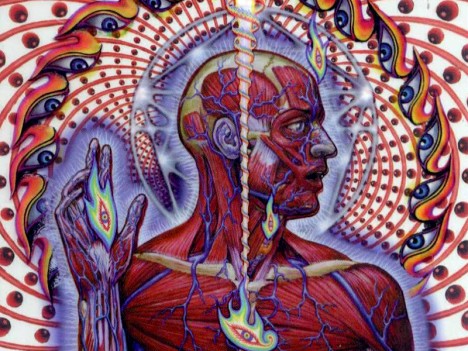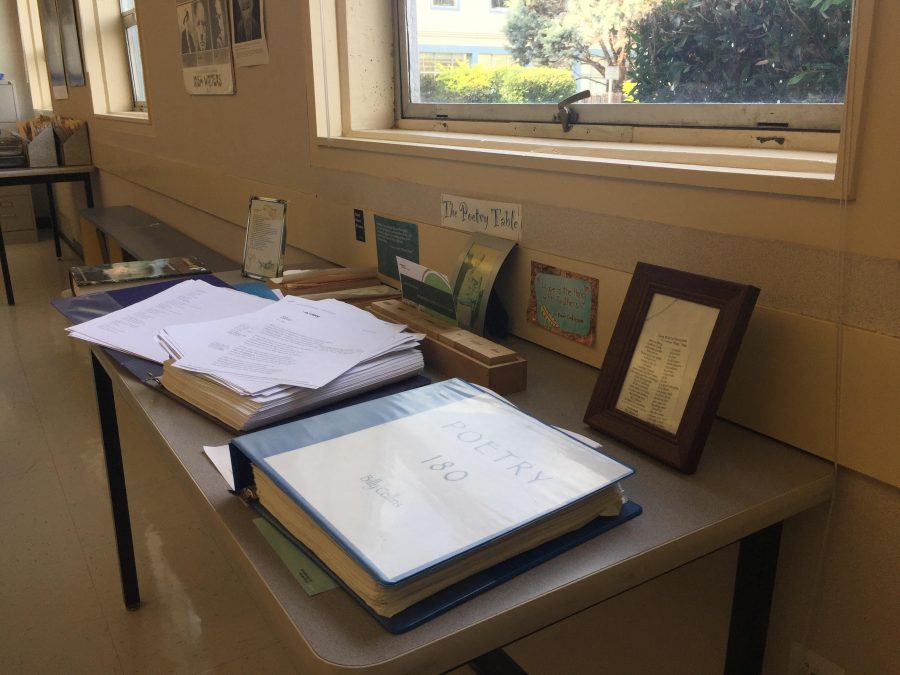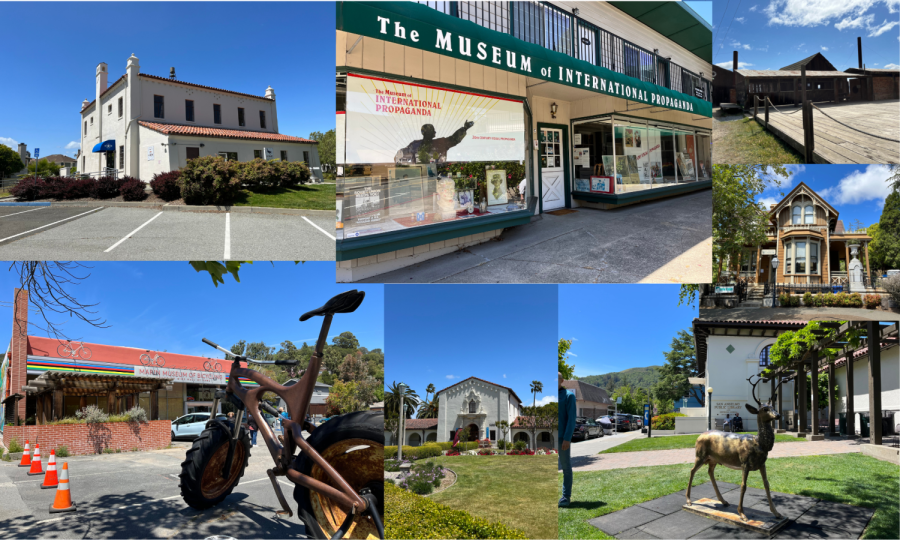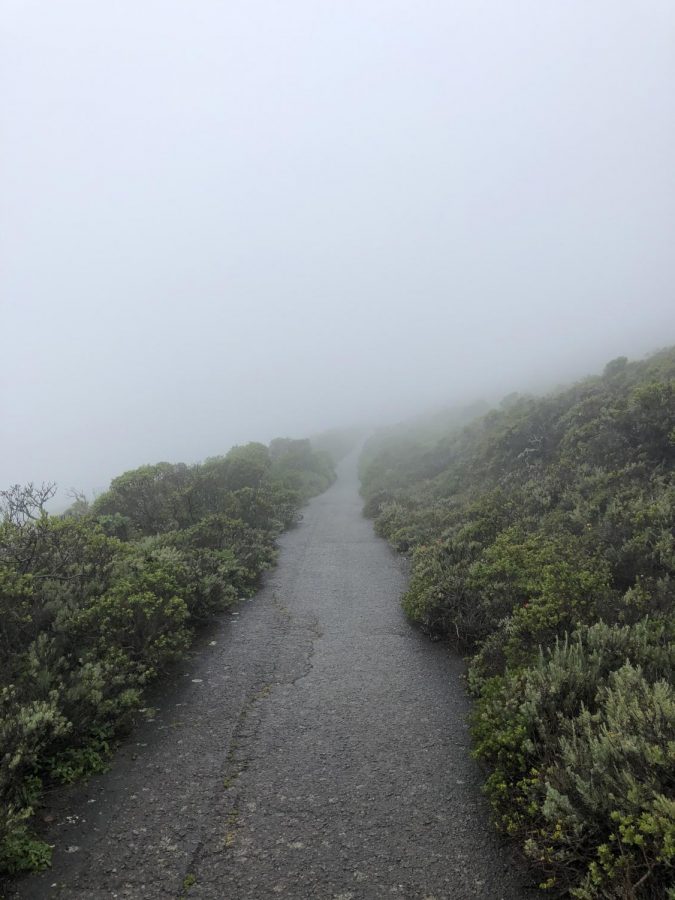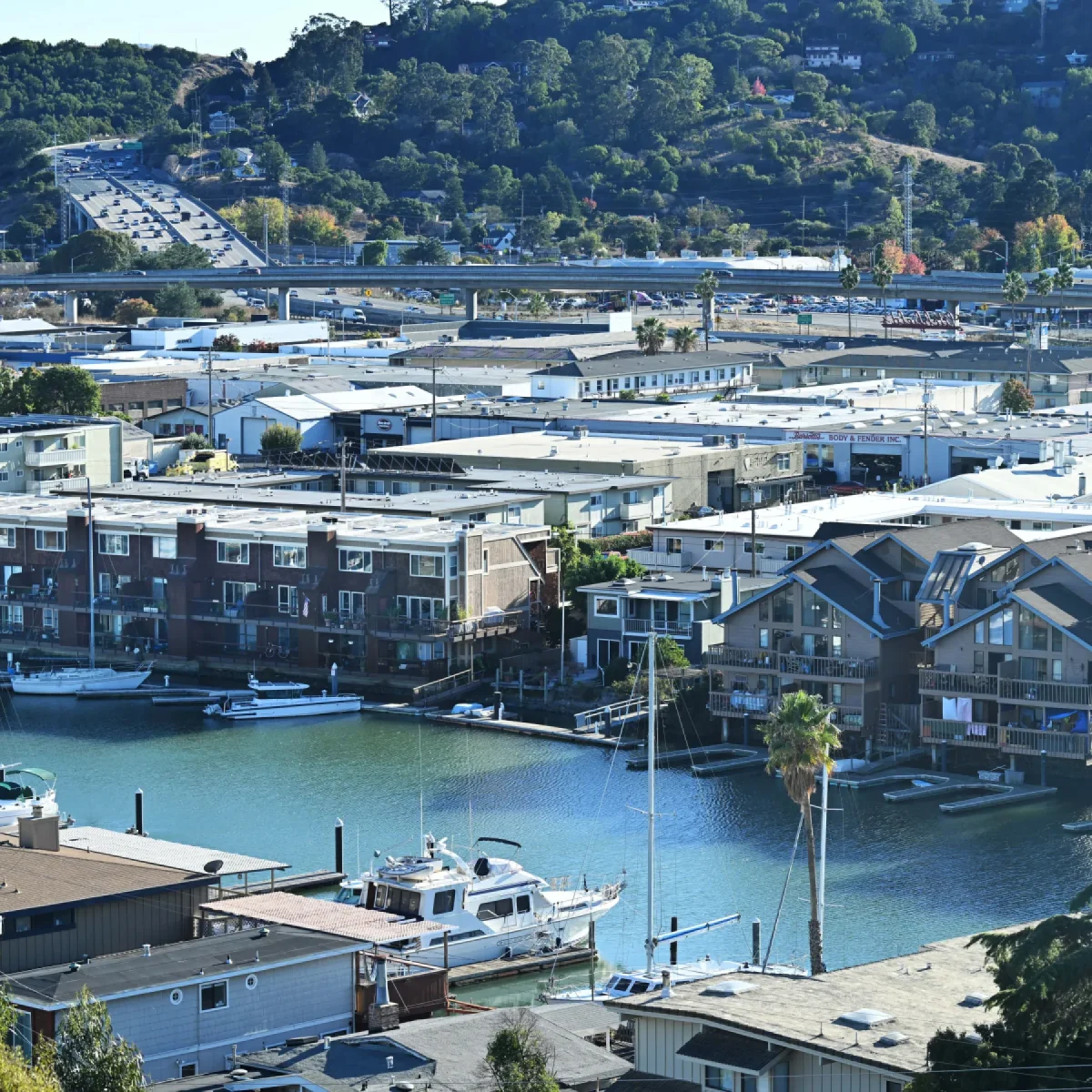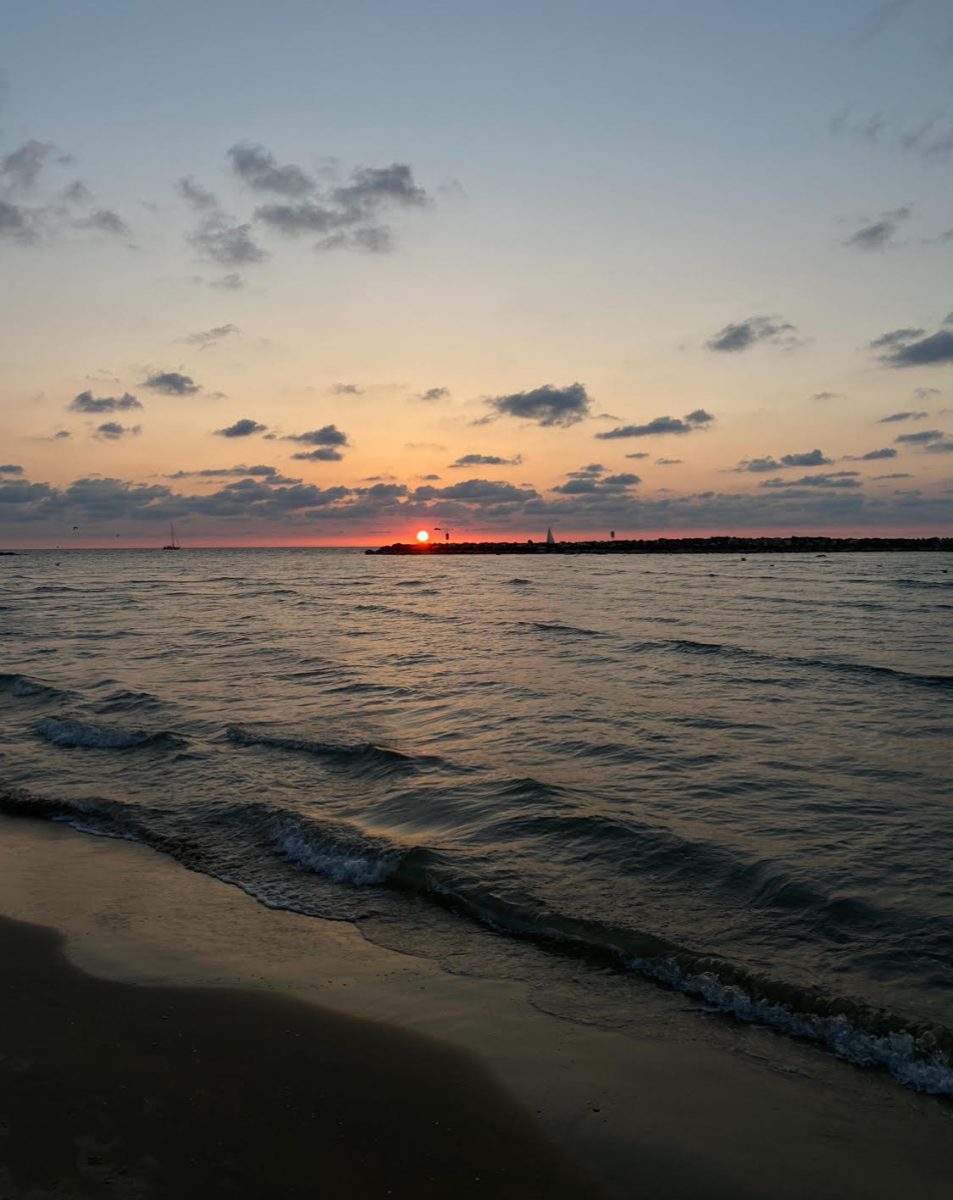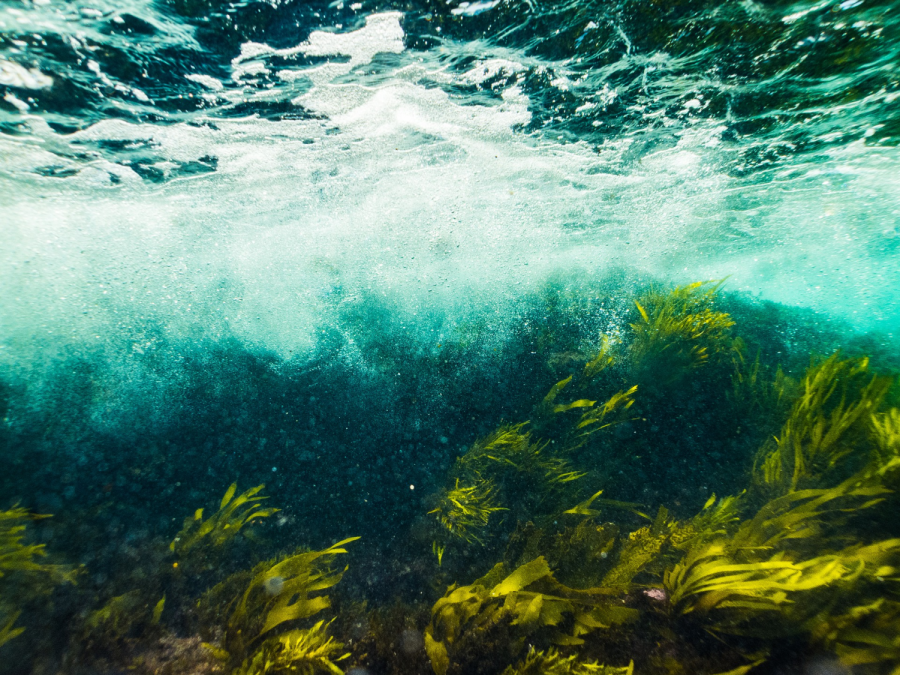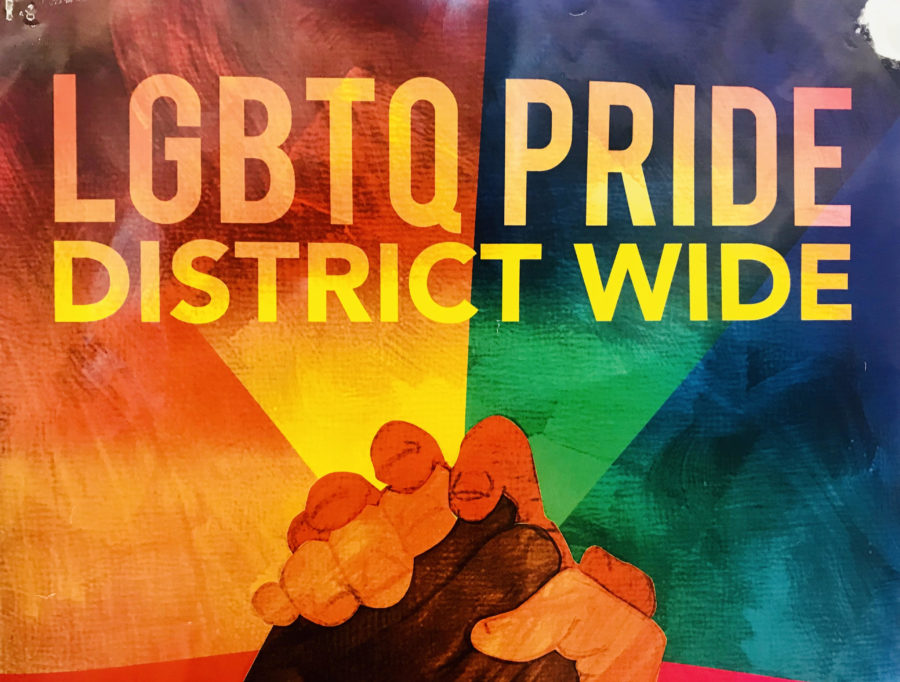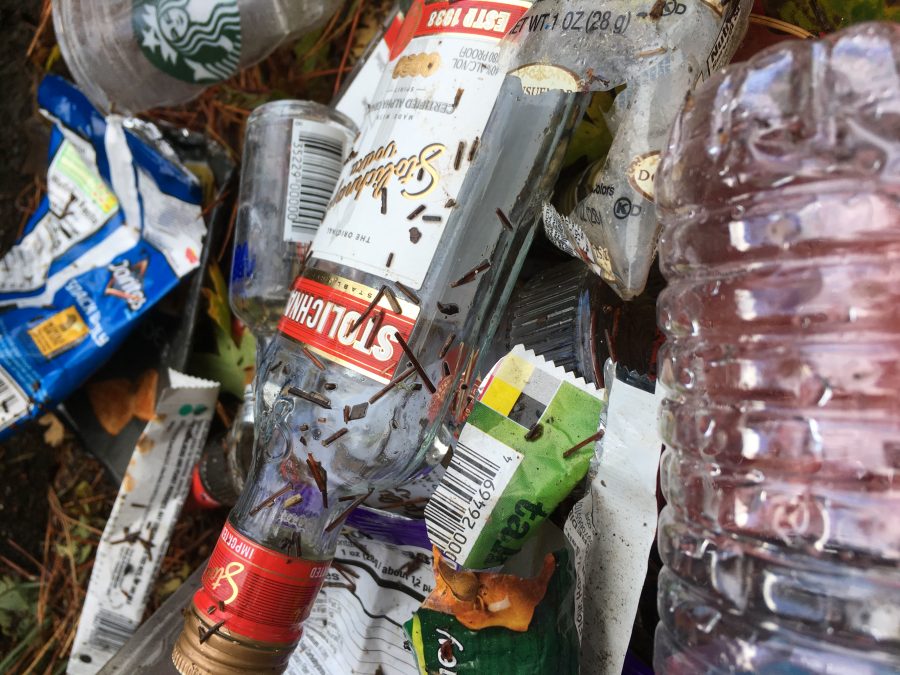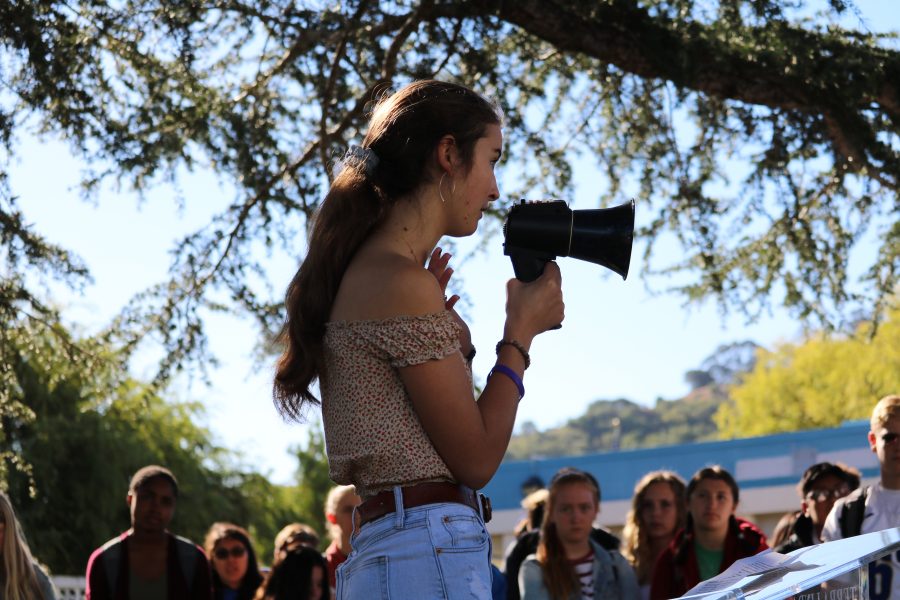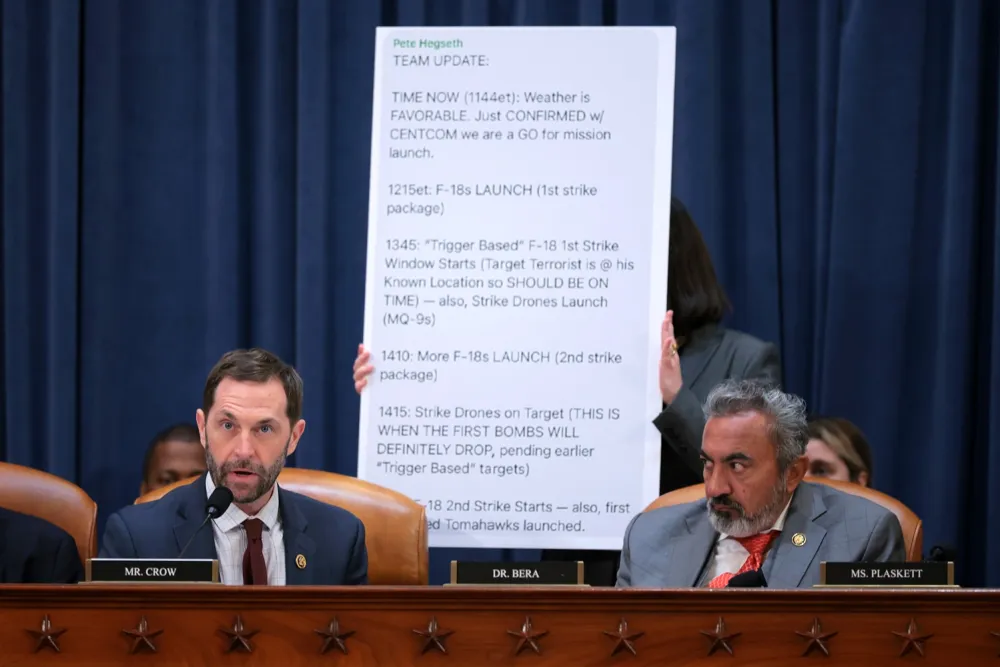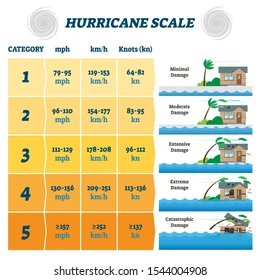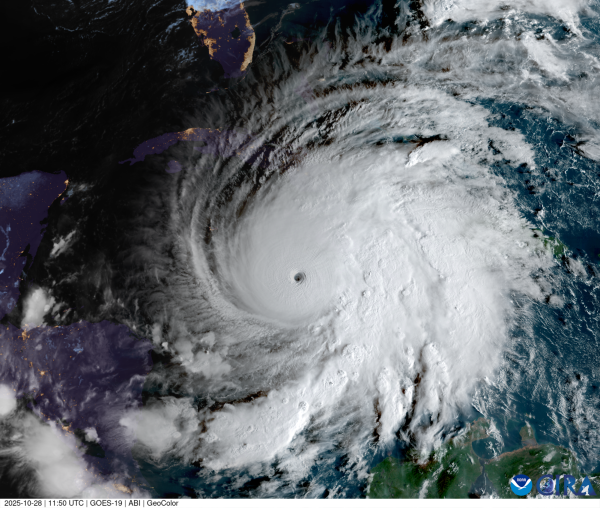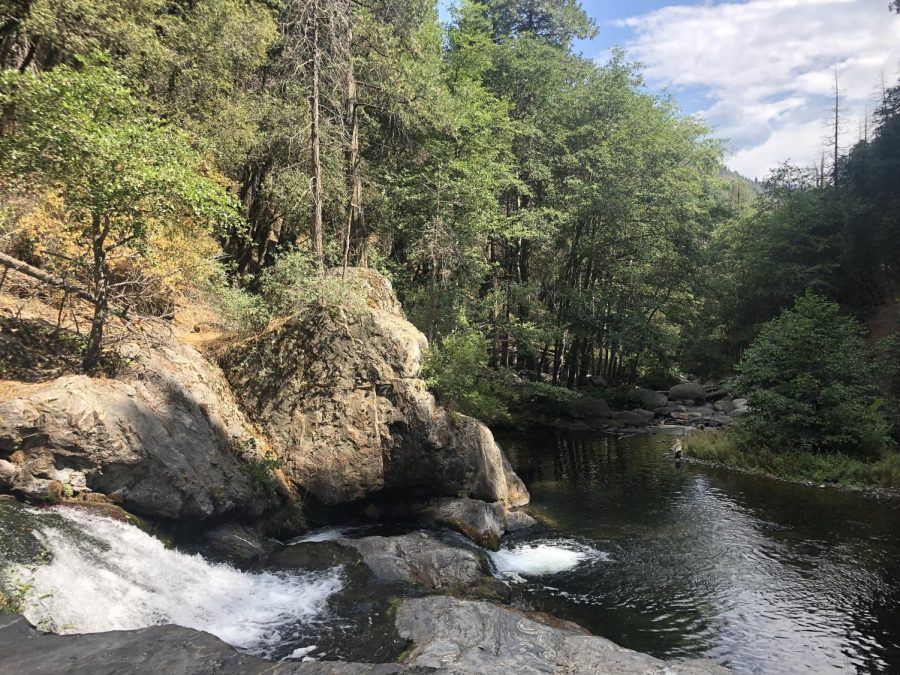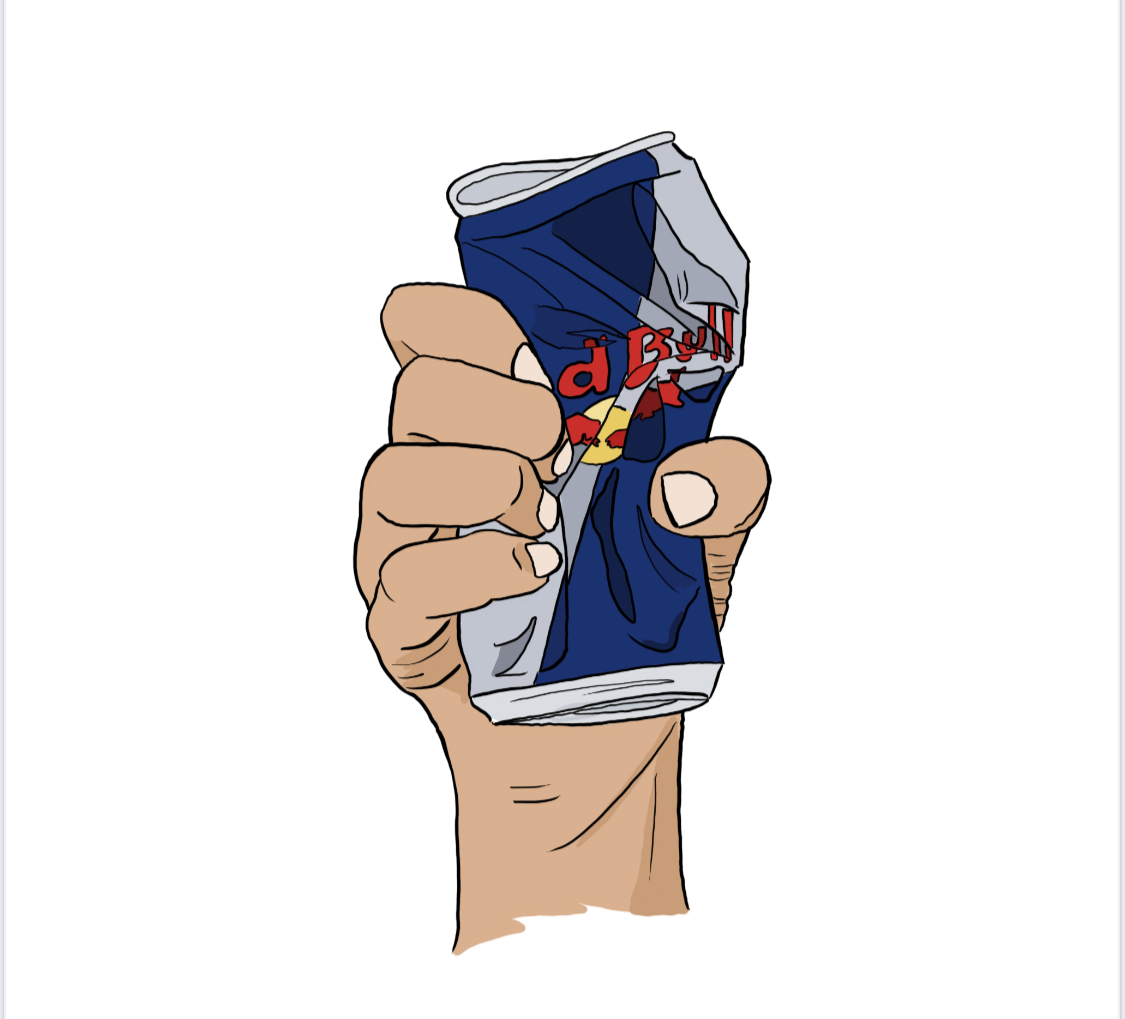On Tuesday, October 28th, a Category 5 hurricane ran through Jamaica, leaving destruction and death in its wake. Although almost 1,500 were evacuated from the country ahead of the storm, Hurricane Melissa, recorded now as the strongest hurricane in modern history, caused significant damages to Jamaica. The true aftermath of the storm is still unknown to most.
Damages to power lines caused 75% of the country to be without power overnight, leaving much information left unknown to the public. With the recency of the storm, the total number of deaths has not even been counted.
At its strongest, Hurricane Melissa reached wind speeds around 185 miles per hour. When it hit Jamaica, the storm was strong enough to be classified as Category 5, and had wind gusts powerful enough to uproot trees and rip roofs off homes. The storm was stronger than Hurricane Katrina, which killed nearly 1,400 in 2005, and in some central parishes of Jamaica caused floodwaters to rise to the roofs of two-story houses. At least three families were trapped underwater in their homes in the southern parishes of the country, according to Jamaican government minister, Desmond Mckenzie.
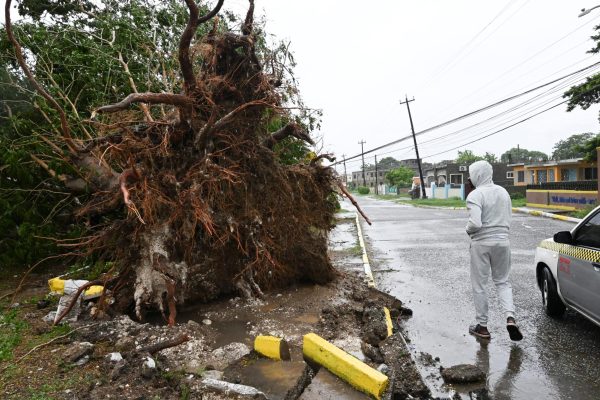
Early Wednesday morning, Hurricane Melissa moved on to Cuba as a Category 3 storm, now stationed between Cuba and the Bahamas. It is forecasted to strike, as a Category 2 storm, either between or potentially over Long Island and Crooked Island in the future. As Hurricane Melissa leaves Jamaica behind, the government and citizens of the country have to contend with the aftermath of the storm.
Prime Minister of the country, Andrew Holness, has issued an “all clear” for Jamaica, allowing the government to begin recovery and rescue on the island. Other countries are eager to help, with the US State Department deploying a “regional disaster response team” and rescue forces to help find the missing and count the dead. Additionally, the United Kingdom has sent around $3.3 million in emergency funding. In all, there are around 10,000 deployed in the region to help.
Even with support, Jamaica will likely take a while to recover from the storm. In addition to the lives of its citizens, Jamaica’s economy has been significantly impacted by Hurricane Melissa. The country’s agricultural base, St. Elizabeth, has been flooded by the storm. With underwater crops and destroyed fields, farmers and Jamaica’s agricultural system as a whole will struggle to recover financially from the damage. The tourism industry of the country will also take time to regain its previous strength.
Hurricane Melissa has thoroughly devastated the country of Jamaica and its people. While the total tally of the damages is still uncertain, one thing remains clear: rebuilding will demand more than just repairing roofs and clearing roads. It relies on the resilience and strength of the Jamaican people.

